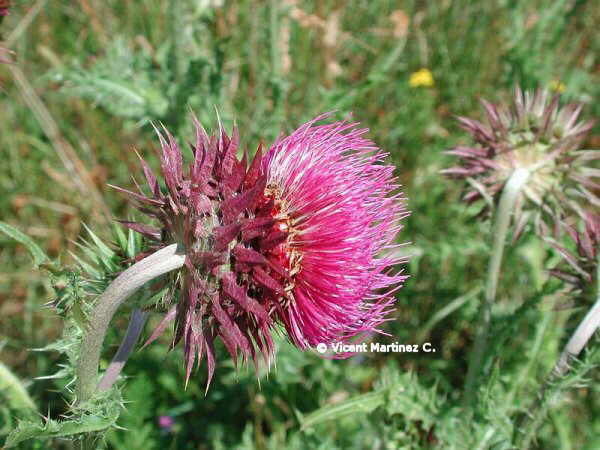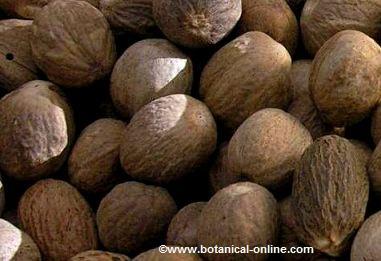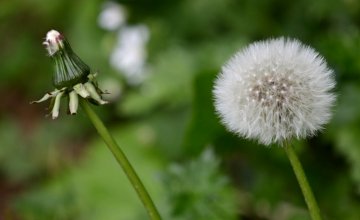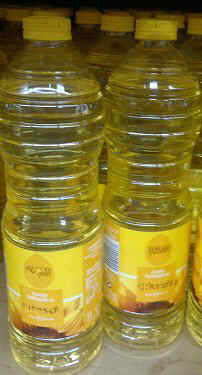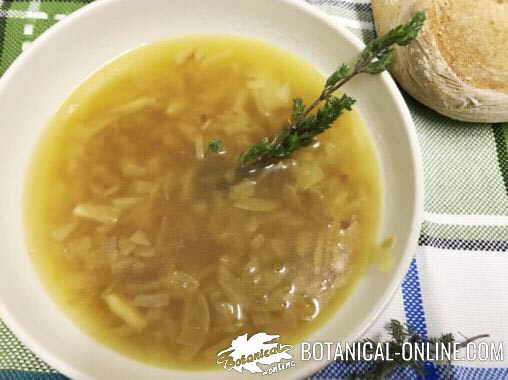Contents
Benefits of Calendula infusion
What is Calendula infusion used for?
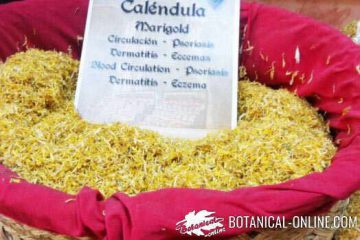
The main properties of marigold infusion are:
- Anti-inflammatory
- Antioxidant
- Soothe throat
- Infections
What does marigold contain?
Calendula flower infusions contain mucilage, calenduloside and salicylic acid, with anti-inflammatory, antibacterial and healing properties.
What can marigold infusions to be used for?
It can be used to treat respiratory diseases, sore throat from coughs or colds. It is also traditionally used for women during premenstrual syndrome.
Calendula infusions can also be used in external use, in the form of compresses or eye drops, mainly for the care of delicate skin and skin disorders such as psoriasis.
How to prepare a Calendula infusion for respiratory conditions?
An infusion is prepared with 2 tablespoons of marigold flower petals per half a liter of boiling water and let stand until cooled, with lid. The liquid is used to make calendula compresses.
External use of marigold infusions
Calendula compresses wet with a Calendula infusion can be applied to burns, rubs, psoriasis, dermatitis, insect bites, or other skin conditions, because they improve skin health, accelerate healing and relieve pain or itching.
It has the same indications to treat the scalp: against dandruff, itching, hair, …
Due to its anti-inflammatory properties, it is a remedy against swollen eyelids (apply cold compress on the eyelids).
Calendula flower water is also an excellent facial tonic, which refreshes, softens the skin and prevents pimples. It has antioxidant flavonoids and antiseptic principles that help prevent herpes and restore the vitality of the face.
Calendula creams
With this plant numerous types of creams, masks and skin remedies are prepared: dry skin, chapped lips, scars, stretch marks, baby lotions (diaper rash), …
Due to its salicylic acid content, it has properties to be used on bumps, bruises or in case of muscle pain, usually combined with arnica or with Saint John’s wort oil.
![]() More information on calendula.
More information on calendula.

